Disclosure: This article contains affiliate links. We may earn a commission from purchases at no extra cost to you, which helps our travel content.
The first time I witnessed Flagstaff's night sky, I stood speechless beneath a canopy of stars so vivid and numerous that the familiar constellations I'd known since childhood in Brazil seemed to disappear into the cosmic crowd. Incrível! This wasn't just darkness—it was a canvas of possibilities for a photographer. As the world's first International Dark Sky City, Flagstaff offers what has become increasingly rare in our light-polluted world: genuine darkness where the Milky Way reveals itself in all its splendor, unfiltered and raw.
Why Flagstaff Is an Astrophotographer's Paradise
Nestled at 7,000 feet elevation with clear, dry air and minimal light pollution, Flagstaff isn't just another dark spot—it's a deliberate sanctuary for stargazers. Since 1958, when the city first passed an ordinance to protect the night sky for Lowell Observatory, Flagstaff has maintained a commitment to dark sky preservation that feels almost sacred.
My engineering mind appreciates the technical aspects: the city's strict lighting codes require fully-shielded fixtures and limited blue light emissions. But it's the results that move me—skies so dark that the Milky Way casts shadows on moonless nights.
During my second night shooting near the San Francisco Peaks, I met a local astronomer who explained that Flagstaff's dedication goes beyond aesthetics. The amber LED streetlights you'll notice downtown aren't just for ambiance—they're specifically designed to minimize sky glow while maintaining safety. This balance of technology and nature preservation resonates deeply with me, reminding me of similar efforts I've witnessed in remote parts of Japan where traditional practices and modern solutions coexist.
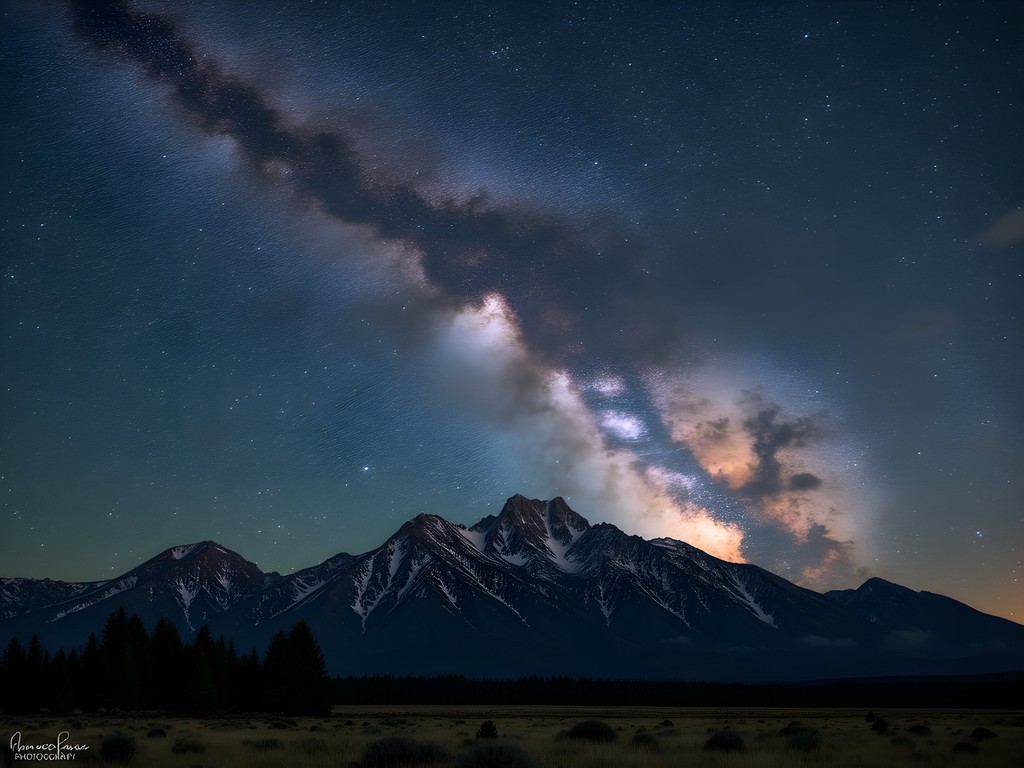
💡 Pro Tips
- Visit during a new moon phase for optimal darkness
- Allow at least 20 minutes for your eyes to fully adjust to the darkness
- Check the Clear Outside app for cloud cover and visibility forecasts
Essential Gear for Night Sky Photography
Capturing Flagstaff's celestial wonders requires preparation and the right equipment. After numerous trips photographing dark skies across three continents, I've refined my kit to balance quality with portability.
A sturdy tripod is non-negotiable—even the slightest vibration will blur your star images at the long exposures needed. I've found that carbon fiber models offer the best combination of stability and weight for hiking to remote locations. My star tracker has been a game-changer, allowing exposures of several minutes without star trails.
For lenses, prioritize fast glass over zoom versatility. My go-to is a wide-angle lens with at least f/2.8 aperture—though f/1.4 is worth the investment if astrophotography becomes your passion. Remember that autofocus typically fails in dark conditions, so practice manual focusing techniques before your trip.
Don't underestimate the importance of staying comfortable during long night shoots. My heated gloves have saved many shooting sessions in Flagstaff's surprisingly cold nights, even in summer when temperatures can drop below 10°C (50°F). And always bring a headlamp with red light mode to preserve your night vision while setting up equipment.
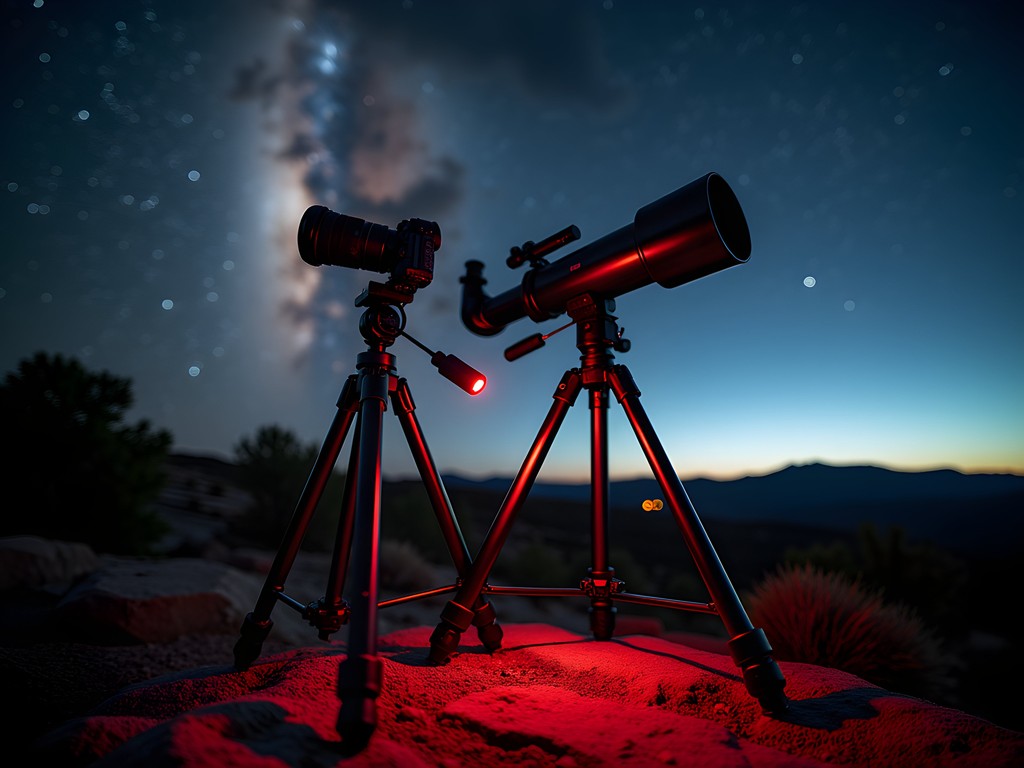
💡 Pro Tips
- Use the 500 rule (500 ÷ focal length = max exposure time in seconds) to avoid star trails
- Bring extra batteries—cold temperatures drain them quickly
- Pack silica gel packets in your camera bag to prevent lens condensation
Prime Locations for Stellar Compositions
While Flagstaff itself offers remarkably dark skies for a city of 75,000 people, the most breathtaking shots come from venturing just slightly beyond the city limits. Each location offers unique foreground elements to complement your celestial compositions.
Buffalo Park sits at the edge of town and provides an accessible starting point with minimal light pollution to the north. It's where I captured my first decent Flagstaff star trail images, with the distinctive silhouette of the San Francisco Peaks adding dimension to the frame.
For more dramatic landscapes, the area around Sunset Crater Volcano National Monument (about 30 minutes northeast of downtown) offers otherworldly lava flows and cinder cones that create compelling foreground interest. During my visit in late April, I photographed the Lyrid meteor shower from here—the dark volcanic landscape against the meteor-streaked sky created an almost surreal juxtaposition of terrestrial and cosmic elements.
My personal favorite spot requires more effort but delivers incomparable rewards: the Kachina Wilderness area within the Coconino National Forest. The ancient bristlecone pines here are nature's sculptures, their twisted forms creating haunting silhouettes against the star-filled sky. Before hiking in, I always check conditions with rangers and carry my satellite messenger for safety in these remote areas.
A dica especial (special tip) from a local astronomer: visit Anderson Mesa, home to Lowell Observatory's research telescopes. While you can't use their facilities, the access road offers several pullouts with spectacular open views perfect for night photography.

💡 Pro Tips
- Scout your locations during daylight to identify composition elements and safety hazards
- Download offline maps as cell service is unreliable in remote areas
- Respect private property and Native American sacred sites when searching for dark locations
Technical Approach and Camera Settings
The technical precision required for astrophotography resonates with my engineering background—it's a beautiful marriage of art and science, where mathematics and creativity converge under the stars.
For standard Milky Way shots, I typically start with what I call the astrophotography trifecta: f/2.8 aperture (or wider if available), ISO 3200-6400 (depending on your camera's noise performance), and exposure time calculated using the 500 rule (500 divided by your lens focal length in mm). With my 14mm lens, this gives me about 35 seconds before stars begin to trail.
To capture more detail in the galactic core, I've found that image stacking dramatically improves the signal-to-noise ratio. I take 10-15 identical exposures and combine them later in software. For tracking the subtle colors in nebulae, a light pollution filter has been invaluable, especially when shooting in directions facing Flagstaff's minimal light dome.
For star trails, switch to longer exposures (15-30 minutes) at lower ISO settings. My remote shutter release with interval timer functionality automates the process, allowing me to take sequential exposures that can be combined later. During these long sessions, I often sit back with my portable speaker playing soft bossa nova—the rhythm of Antônio Carlos Jobim somehow perfectly complements the celestial dance overhead.
Remember that post-processing is an essential part of astrophotography. I spend nearly as much time processing my images as I do capturing them, carefully balancing contrast and color to reveal what the human eye couldn't see but what was truly there, hidden in the data captured by the sensor.
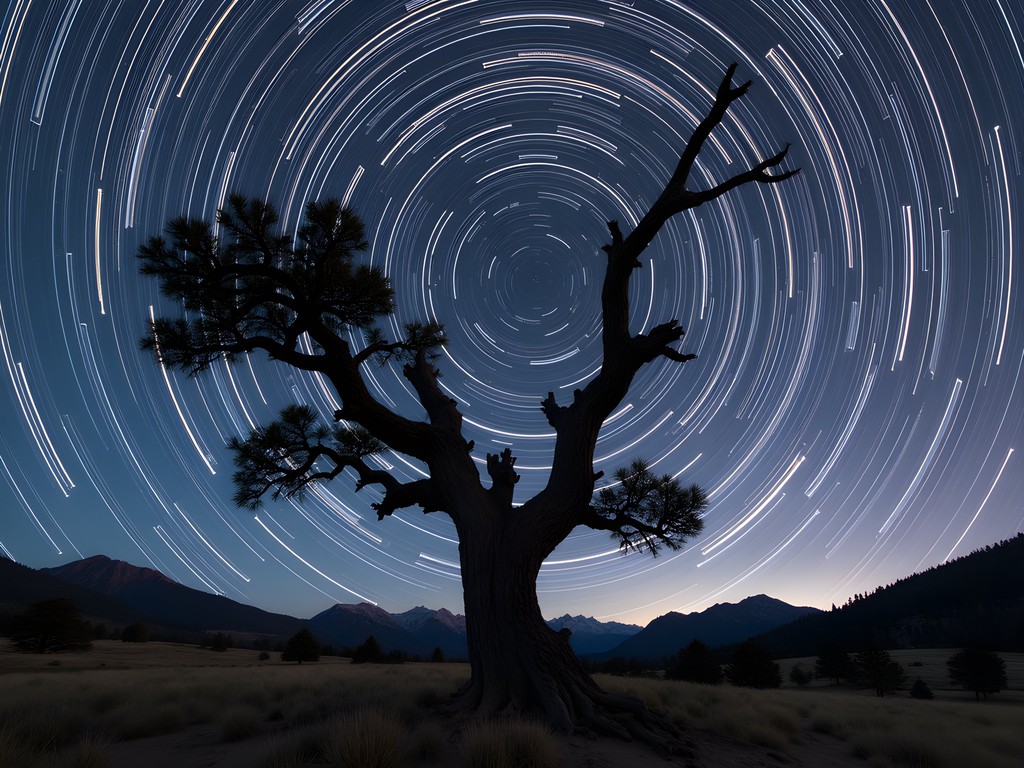
💡 Pro Tips
- Use Live View magnified to 10x for precise manual focusing on bright stars
- Take dark frames (same settings with lens cap on) to subtract noise in post-processing
- Consider focus stacking for scenes with interesting foreground elements
Cultural Context: Flagstaff's Astronomy Heritage
What makes photographing Flagstaff's night skies particularly meaningful is the rich astronomical heritage that permeates the city. This isn't just another dark location—it's a place where humanity's relationship with the cosmos has been nurtured for generations.
Lowell Observatory, established in 1894, stands as a testament to this legacy. It's where Pluto was discovered and where important observations of Mars fueled our imagination about other worlds. During my visit, I was fortunate to meet with one of the observatory's astronomers who shared stories of the facility's history while I photographed the historic Clark Telescope against the starry backdrop.
But the connection to the stars extends much further back. The Indigenous peoples of the region—particularly the Hopi, Navajo, and other Puebloan cultures—have been observing these same skies for millennia, developing sophisticated astronomical knowledge that guided their agricultural, ceremonial, and daily lives. Their perspective reminds me of my grandmother in southern India, who could predict weather patterns by observing subtle changes in the night sky.
This cultural context adds layers of meaning to your photographs. When capturing the stars above Flagstaff, you're documenting not just light from distant suns, but a relationship between humans and the cosmos that spans cultures and centuries. I often find myself contemplating this continuum while waiting for long exposures to complete, my insulated flask keeping chai tea warm through the chilly nights.
Before your trip, I highly recommend reading up on both the scientific and cultural astronomy of the region. Understanding this context will inspire more thoughtful compositions that capture not just the technical beauty of the night sky, but its human significance as well.

💡 Pro Tips
- Visit Lowell Observatory during the day to learn the astronomical history before shooting at night
- Respect Indigenous perspectives on the night sky and sacred sites
- Consider including historical astronomical instruments in some of your compositions
Final Thoughts
As I packed my gear after a final dawn shoot at Anderson Mesa, watching the stars fade as the first light painted the San Francisco Peaks in soft pink hues, I reflected on what makes Flagstaff truly special. It's not just the technical quality of its dark skies—though they are exceptional—but the community's commitment to preserving our connection to the cosmos in an age when that connection is increasingly severed by artificial light.
In my travels across three continents capturing night skies, I've found few places that balance accessibility with truly dark conditions as effectively as Flagstaff. Whether you're making your first attempts at astrophotography or are a seasoned night sky shooter seeking new compositions, these skies will reward your patience and preparation with images that capture not just light from distant stars, but a sense of our place in the universe.
As we say in Portuguese, as estrelas nos chamam—the stars call to us. In Flagstaff, that call is particularly clear, cutting through both the physical darkness and the metaphorical noise of modern life. I hope your camera captures not just stunning images, but moments of connection with something greater than ourselves. Boas fotografias e céus claros! Good photographs and clear skies!
✨ Key Takeaways
- Plan your visit around the new moon phase for optimal darkness
- Scout locations during daylight and prepare compositions that include interesting foreground elements
- Master manual focusing techniques before your trip
- Allow time for your eyes to fully dark-adapt before shooting
- Connect with local astronomy communities for insider knowledge and shared experiences
📋 Practical Information
Best Time to Visit
Year-round, though summer offers comfortable temperatures and monsoon clouds can add drama to sunset/pre-night compositions
Budget Estimate
$150-300/day including mid-range accommodations, car rental, and equipment needs
Recommended Duration
3-4 nights minimum to account for weather variables and multiple shooting locations
Difficulty Level
Intermediate

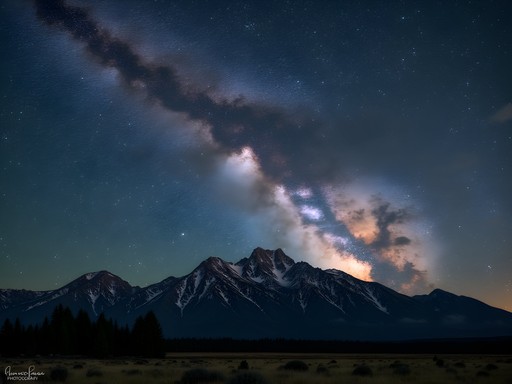
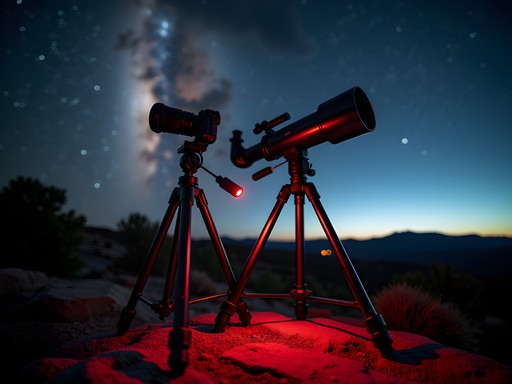

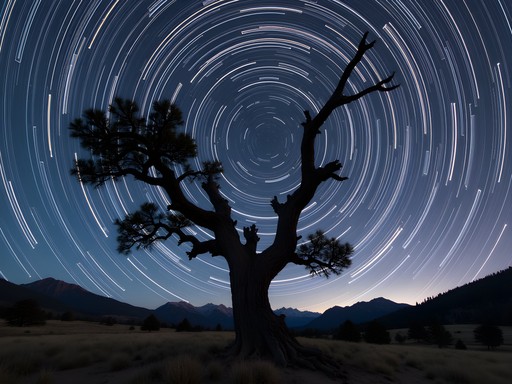




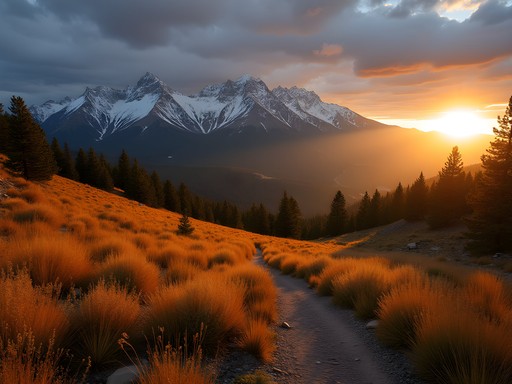






Comments
journeymood
Those star trail shots are incredible! I've never tried night photography but might have to give it a go now!
Marco Sharma
Thanks journeymood! It's easier than it looks to get started - even a basic DSLR or mirrorless camera with a tripod can capture amazing night skies. Flagstaff is the perfect place to try it!
Dylan Turner
Marco, this is perhaps the most comprehensive guide to astrophotography in Flagstaff I've encountered. Your technical section on camera settings is particularly valuable. I visited Flagstaff last year as part of my Southwest tour and found the astronomy community there incredibly welcoming. The Lowell Observatory staff provided insights that significantly improved my night photography technique. One addition I might suggest is the Buffalo Park overlook - less known but offers a fascinating juxtaposition of minimal light pollution against the distant city glow. The resulting gradient can create compelling compositional elements when framed correctly. Did you experiment with any tracked long exposures during your visit?
islandace
Is it safe to be out in those remote locations at night by yourself? Thinking about a solo trip but a bit nervous about being alone in the dark.
coolnomad4967
Not Marco, but I've done solo night photography around Arizona. It's generally safe, but I always tell someone where I'm going, bring extra supplies, and check weather forecasts. Also, join the Flagstaff Astrophotography Facebook group - sometimes people organize group shoots!
Marco Sharma
Great advice from @coolnomad4967! I'd add that Buffalo Park and areas near Lowell Observatory are relatively accessible and have occasional foot traffic even at night. For more remote spots like Anderson Mesa, the buddy system is definitely recommended.
islandace
Thanks both! The Facebook group is a great suggestion, I'll definitely check that out.
redguy
What tripod do you recommend for those windy conditions you mentioned? Going in October and want to make sure my gear is ready!
Marco Sharma
Hey redguy! For Flagstaff's sometimes gusty conditions, I used a carbon fiber tripod - heavy enough to be stable but not too heavy to hike with. Hanging your backpack from the center hook adds extra stability too!
redguy
Perfect, thanks! Didn't think about the backpack trick.
winterpro
YESSS!! Marco, your post is making me want to go back to Flagstaff RIGHT NOW! I was there last fall and the dark skies literally brought tears to my eyes. For anyone planning a trip - don't skip Anderson Mesa, it's exactly as magical as he describes. The San Francisco Peaks silhouette against that starry backdrop is something I'll never forget. Did you catch any meteor showers during your visit?
Marco Sharma
Thanks winterpro! I was lucky enough to catch part of the Perseids in August - absolutely magical with that dark sky backdrop. Anderson Mesa seems to be a favorite for many photographers!
travelvibes
What lens did you use for those wide-angle Milky Way shots? I've been trying to capture something similar but can't seem to get the whole arch in frame.
Marco Sharma
For the widest Milky Way panoramas, I used my ultra-wide lens at 12mm. But honestly, those full arch shots are actually panorama stitches of 5-7 vertical frames! No single lens can capture the entire arch in one shot.
travelvibes
Ah, that makes sense! I need to practice my panorama stitching skills. Thanks for the insight!
coolnomad4967
Your star trail shots are INCREDIBLE! Just wow. Flagstaff is now officially on my bucket list!
Megan Martin
I visited Flagstaff last year for a business conference and extended my stay specifically to try astrophotography. Your technical settings section was spot on! For anyone planning a trip, I'd add that Lowell Observatory offers night photography workshops occasionally that are worth checking out. I found Anderson Mesa to be less crowded than some of the other spots mentioned. One tip: bring more layers than you think you need - the temperature drops dramatically after sunset, even in summer!
staradventurer
Amazing guide! What's the best time of year to visit Flagstaff for astrophotography? Planning a trip and wondering when the skies are clearest.
Marco Sharma
Thanks for the question! Late spring (May-June) and fall (September-October) offer the best combination of clear skies and mild temperatures. Summer can bring monsoon clouds, and winter is quite cold but can offer spectacular clarity on good nights!
staradventurer
Perfect timing! I was looking at booking for next September. Thanks Marco!
exploreguy
Any specific apps you recommend for planning the Milky Way position? Going in November and want to make sure I'm in the right spot at the right time.
Hunter Thompson
Not Marco, but PhotoPills saved my life for night sky planning! It shows you exactly where the Milky Way will be at any time. November might be tricky though - the galactic center isn't as visible that time of year in the northern hemisphere.
exploreguy
Thanks for the heads up! Maybe I'll focus on star trails and constellations instead.
Venture X
Premium card with 2X miles, $300 travel credit, Priority Pass